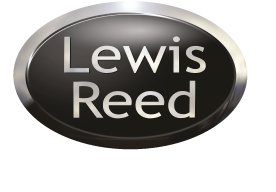When an ‘innovative’ accessibility solution designed for wheelchair users looks impressive but is actually impractical, it is of little use. Making transportation accessible for all in the first place by applying ingenuity and technology that already exists is a better solution – in the same way that building doorways to accommodate wheelchairs in the first place must be better than having to alter doorways retrospectively.
The disconnect lies between disability-focused innovation and design, and what the priorities of the end user may actually be. If input from people with disabilities could genuinely inform designers’ and engineers’ work, design ideas and innovations could incorporate what wheelchair users want to use rather than what designers and engineers want to build.
For example, complicated wheelchairs which address a single, specific issue tend to be niche, expensive and unavailable to most. Yet applying that time, effort and resource into more mainstream products could make them more reliable, versatile and perhaps most importantly, affordable.
It is crucial to correlate innovation, vision, and excitement with pragmatic, well thought through ideas and goals. But, if the majority of innovators and facilitators tend to be non-disabled people, then this will inevitably inform their perception of what disabled people need and want and their ideas will be implemented from a non-disability perspective.
Communication is key. Designers and innovators should engage with a diverse range of disabled people, with a wide range of characteristics and perspectives from within the area that the product is seeking to address, to make sure that they are not making (perhaps unconsciously) inaccurate assumptions of what would be helpful. This means, talking to people of different genders, social demographic, race, age etc. as well as the different perspectives that people who have had a disability for various lengths of time can bring.
In addition, if the research uncovers constructive criticism, then the product or idea should be re-evaluated if necessary – acknowledging and addressing the different priorities between people with different kinds of disabilities and different lived experiences.
Ultimately, the broader the scope of the research, consultation, communication and subsequent evaluation at the start, the more people the product or idea will reach in the end.
